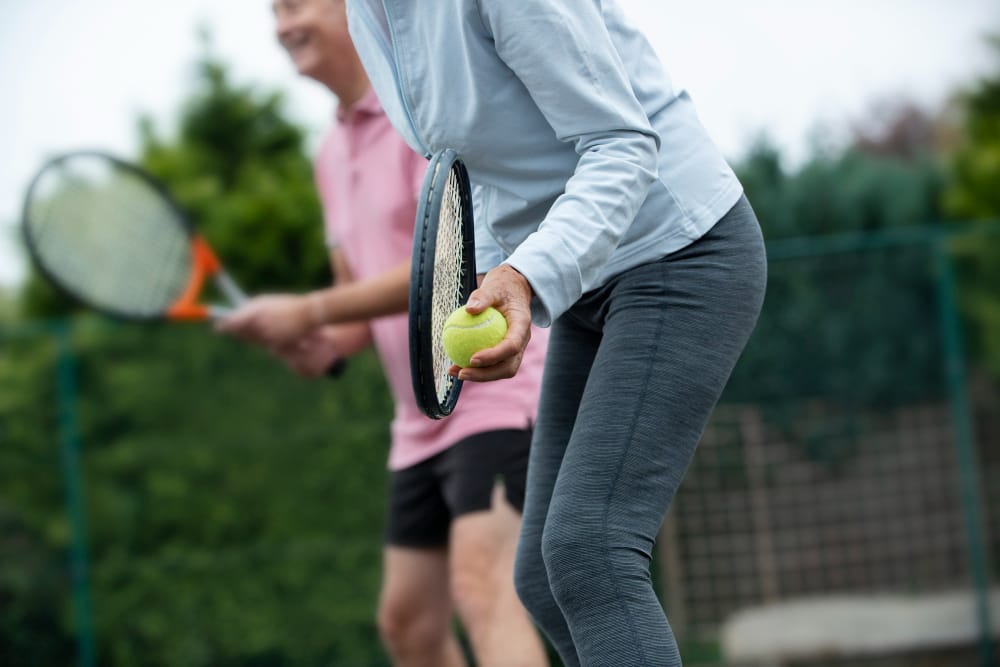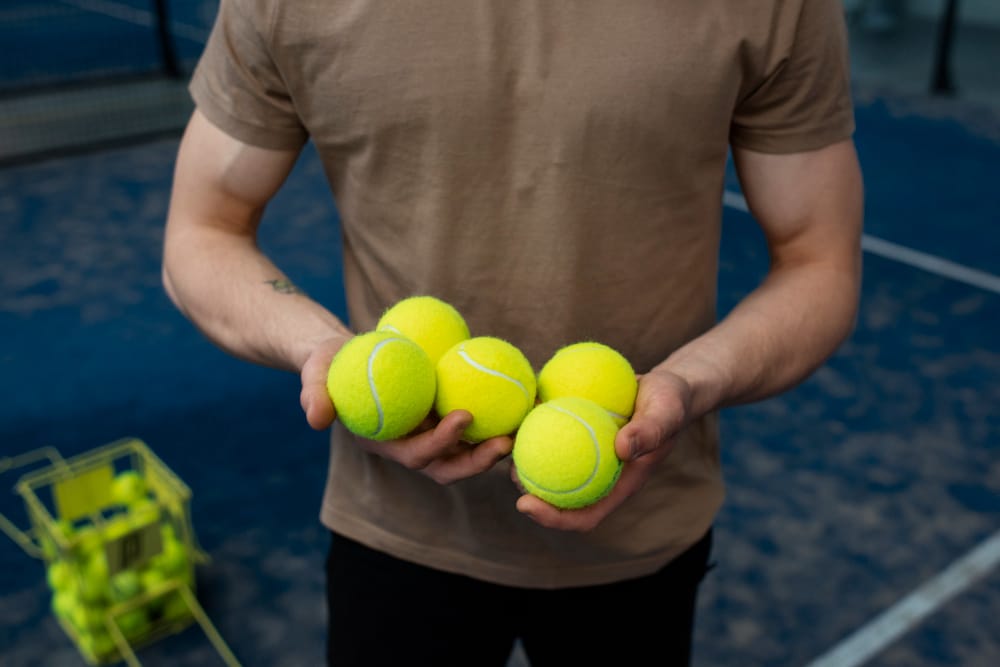Key Takeaways:
- Understanding the differences between padel and tennis balls is crucial for optimal performance.
- Your playing style and level significantly influence the type of padel ball you should choose.
- Proper storage and maintenance of padel balls can extend their lifespan and performance.
Introduction
Choosing the right padel ball can make a significant difference in your game. Whether you're a beginner or an advanced player, the type of ball you use can affect your playing experience, control, and overall performance. This guide will help you understand the various factors to consider when selecting a padel ball, ensuring you make an informed decision.
Differences Between Padel Balls and Tennis Balls
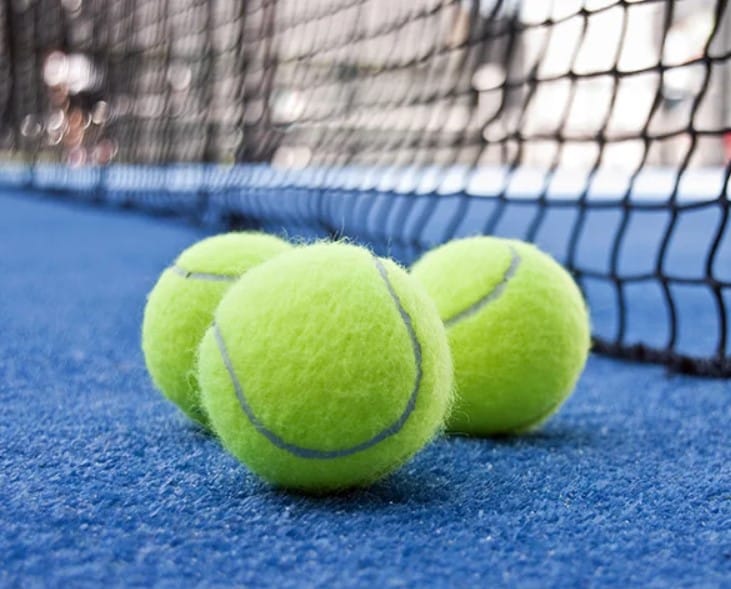
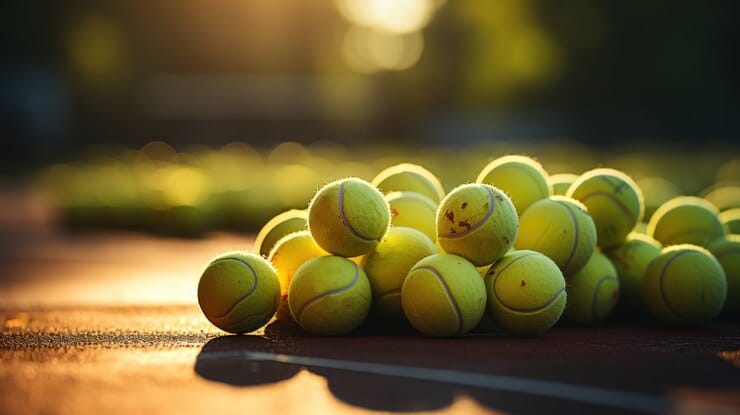
Padel and tennis balls may look similar but have distinct differences. Padel balls are slightly smaller and have a lower pressure, resulting in a lower bounce compared to tennis balls. This difference in pressure and size affects the game speed and control, making padel balls more suitable for the enclosed courts of padel.
While padel balls are similar to tennis balls, there are distinct differences, and it is not advisable to use a tennis ball for padel.
The felt layer on padel balls is also different from that on tennis balls. Padel balls have a felt layer designed to withstand the unique conditions of padel courts, providing better durability and control. Understanding these differences is essential for anyone looking to play Padel effectively.
Importance of Playing Style
Your playing style plays a crucial role in determining the right padel ball for playing padel. If you prefer longer rallies and better control, you might opt for soft padel balls. These balls have a lower pressure and provide a bit more control, making them ideal for players who focus on precision and spin.
On the other hand, if you enjoy a faster game with powerful shots, you might prefer balls with a slightly higher pressure. These balls offer a bit harder feel and are suitable for players who like to hit the ball with more force. Understanding your playing style will help you choose the right ball that complements your strengths.
Playing Level and Experience
Your playing level and experience also influence the type of padel ball you should choose. Beginners and regular players might benefit from balls with lower pressure and better control, as these balls are easier to handle and provide a more enjoyable playing experience.
Advanced players and those participating in numerous tournaments might prefer balls with higher pressure and a bit harder feel. These balls offer more speed and are suitable for experienced padel players who can handle the increased pace and spin. Choosing the right ball based on your playing level ensures you get the most out of your game.
Weather Conditions and Altitude
Weather conditions and altitude can significantly impact the performance of padel balls. In humid or wet conditions, balls tend to absorb moisture, affecting their bounce and control. It's essential to choose balls with good resistance to weather conditions to maintain optimal performance.
Altitude also plays a role in ball selection. At higher altitudes, balls tend to bounce higher due to lower air pressure. Conversely, at sea level, balls have a lower bounce. Understanding these factors will help you choose the right ball for the specific conditions you play in.
Different Types of Padel Balls
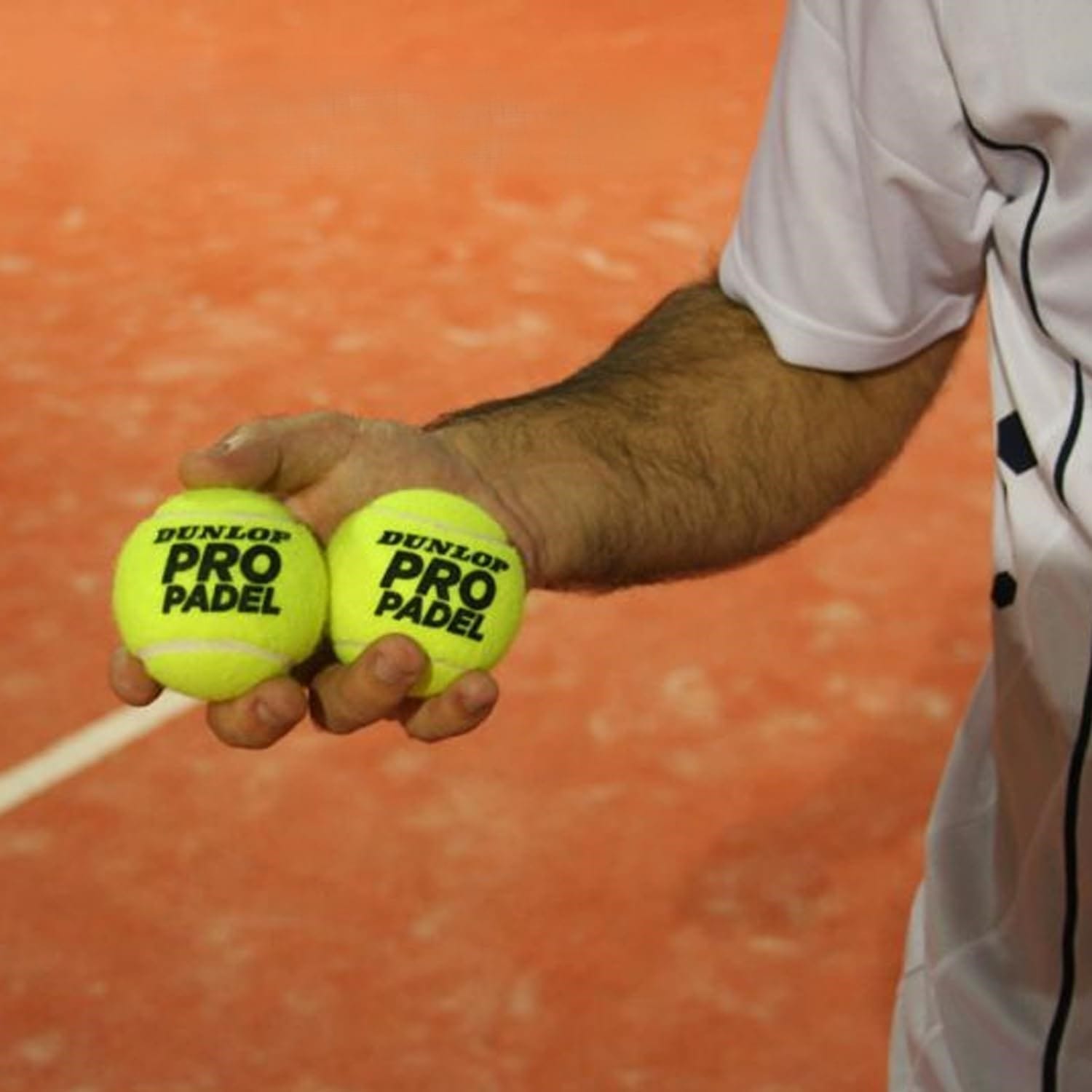
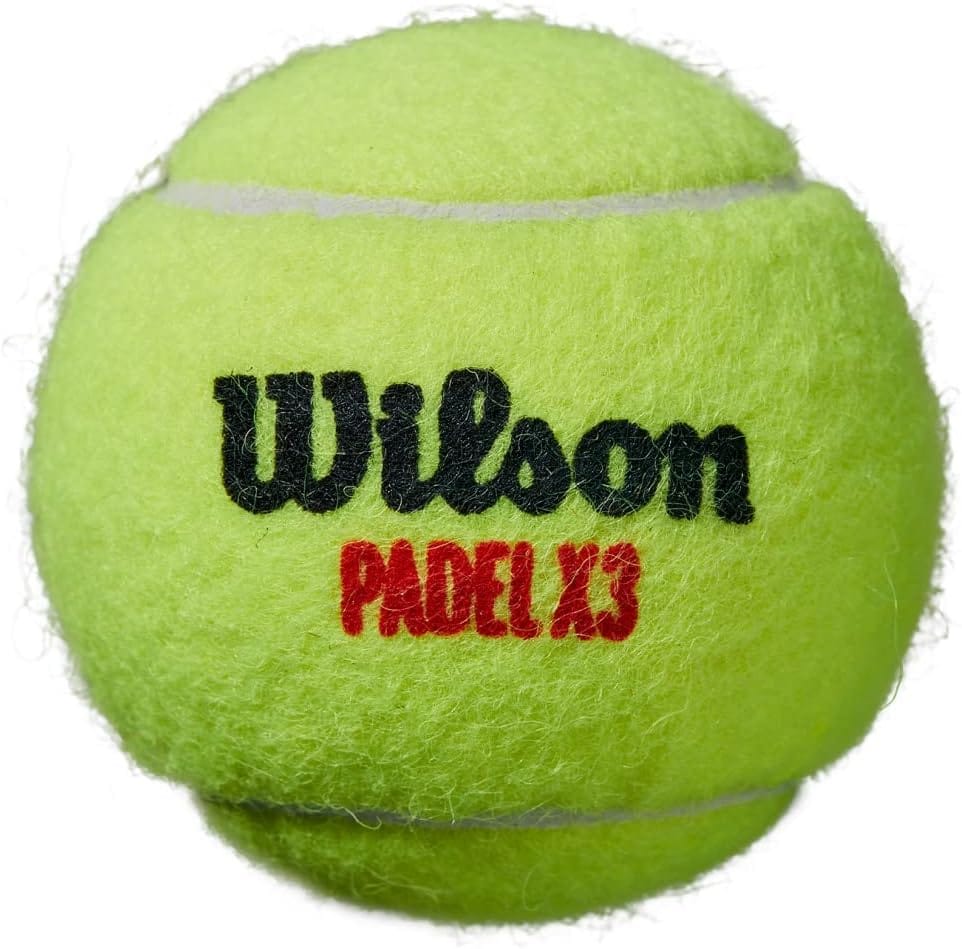
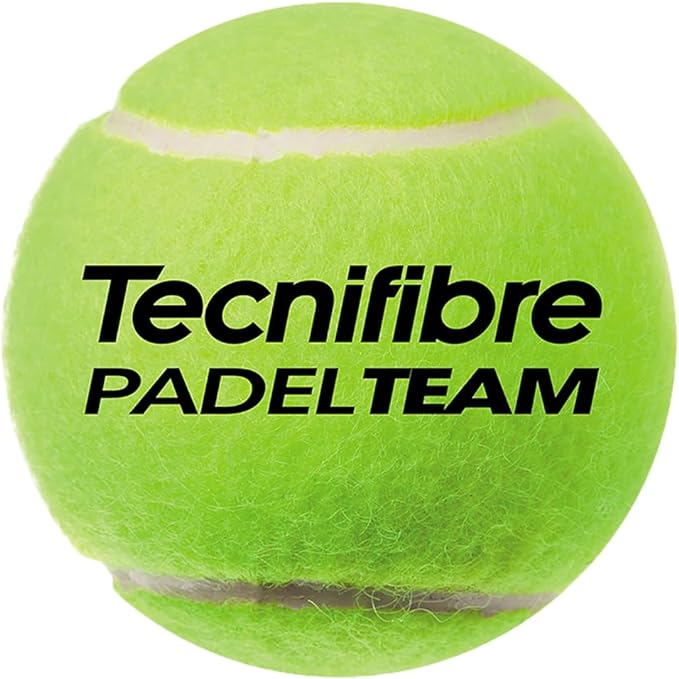
There are various types of padel balls available, each designed for different playing styles and conditions. Training balls are ideal for intensive practice sessions, offering good durability and control. These balls are slightly larger and have a lower pressure, making them suitable for regular practice.
Match balls, such as the Head Padel Pro, are designed for playing matches and offer a balance of speed and control. These balls are used in numerous tournaments, including the World Padel Tour, and are preferred by top players for their consistent performance. Understanding the different types of padel balls will help you choose the right one for your needs. Choosing the right padel ball is as important as selecting the right padel racket for your playing style and conditions.
Personal Preferences
Personal preferences play a significant role in choosing the right padel ball. Some players prefer balls with a softer feel, while others might opt for a bit harder ball. It's essential to try different types of balls and see which one suits your playing style and preferences.
Experimenting with different balls can also help you understand how they affect your shots, spin, and overall control. By considering your personal preferences, you can choose a ball that enhances your playing experience and helps you perform at your best.
Storage and Maintenance
Proper storage and maintenance of padel balls can extend their lifespan and performance. Store padel balls in a cool, dry place to prevent them from losing pressure and becoming unusable. Avoid exposing them to extreme temperatures or direct sunlight, as this can affect their durability.
Regularly check the pressure of your padel balls and replace them when they start to lose their bounce. Proper maintenance ensures that your balls remain in good condition, providing consistent performance and control during your games.
Choosing the Right Ball for Training
When selecting a ball for training, consider factors such as durability, control, and pressure. Training balls should have good durability to withstand intensive practice sessions. They should also offer better control to help you focus on improving your skills and precision.
Balls with a slightly lower pressure are ideal for training, as they provide a more controlled bounce and are easier to handle. Choosing the right ball for training ensures you get the most out of your practice sessions and improve your overall game.
Choosing the Right Ball for Matches
For playing matches, it's essential to choose balls that offer a balance of speed and control. Match balls, such as the Head Padel Pro, are designed to provide consistent performance and are used in numerous tournaments. These balls have a slightly higher pressure, offering a faster game speed and better control.
Consider the playing conditions and your playing style when choosing match balls. Balls with good resistance to weather conditions and a durable felt layer are ideal for match play, ensuring they maintain their performance throughout the game.
Impact of Ball Weight and Diameter
The weight and diameter of padel balls can affect your playing experience. Balls with a slightly larger diameter and lower weight are easier to control and provide a more enjoyable playing experience. These balls are suitable for beginners and regular players who focus on precision and control.
On the other hand, balls with a slightly smaller diameter and higher weight offer more speed and are suitable for advanced players who prefer a faster game. Understanding the impact of ball weight and diameter will help you choose the right ball for your playing level and style.
Differences in Ball Materials
Padel balls are made from different materials, each affecting their performance and durability. Balls with a high-quality rubber core offer better bounce and control, making them ideal for competitive play. The felt layer on the ball also plays a crucial role in its performance, with high-quality felt providing better durability and control.
Consider the materials used in the ball when making your selection. Balls made from high-quality materials offer better performance and longevity, ensuring you get the most out of your game.
Choosing Balls for Different Court Surfaces
The type of padel court surface you play on can affect the performance of padel balls. On artificial grass courts, balls with a slightly lower pressure and good durability are ideal, as they provide better control and withstand the wear and tear of the surface.
For hard courts, balls with a higher pressure and a durable felt layer are suitable, offering better bounce and control. Understanding the impact of court surfaces on ball performance will help you choose the right ball for your playing conditions.
Recommendations for Beginners
Beginners should focus on balls that offer better control and are easier to handle. Soft padel balls with a lower pressure are ideal for beginners, as they provide a more controlled bounce and are easier to hit. These balls help beginners focus on improving their skills and precision.
Consider trying different types of balls to see which one suits your playing style and preferences. By choosing the right ball, beginners can enhance their playing experience and develop their skills more effectively.
Recommendations for Advanced Players
Advanced players should opt for balls that offer a balance of speed and control. Match balls with a slightly higher pressure, such as the Head Padel Pro, are ideal for advanced players. These balls provide a faster game speed and better control, making them suitable for competitive play.
Consider the playing conditions and your playing style when choosing balls. Balls with good resistance to weather conditions and a durable felt layer are ideal for advanced players, ensuring consistent performance during matches.
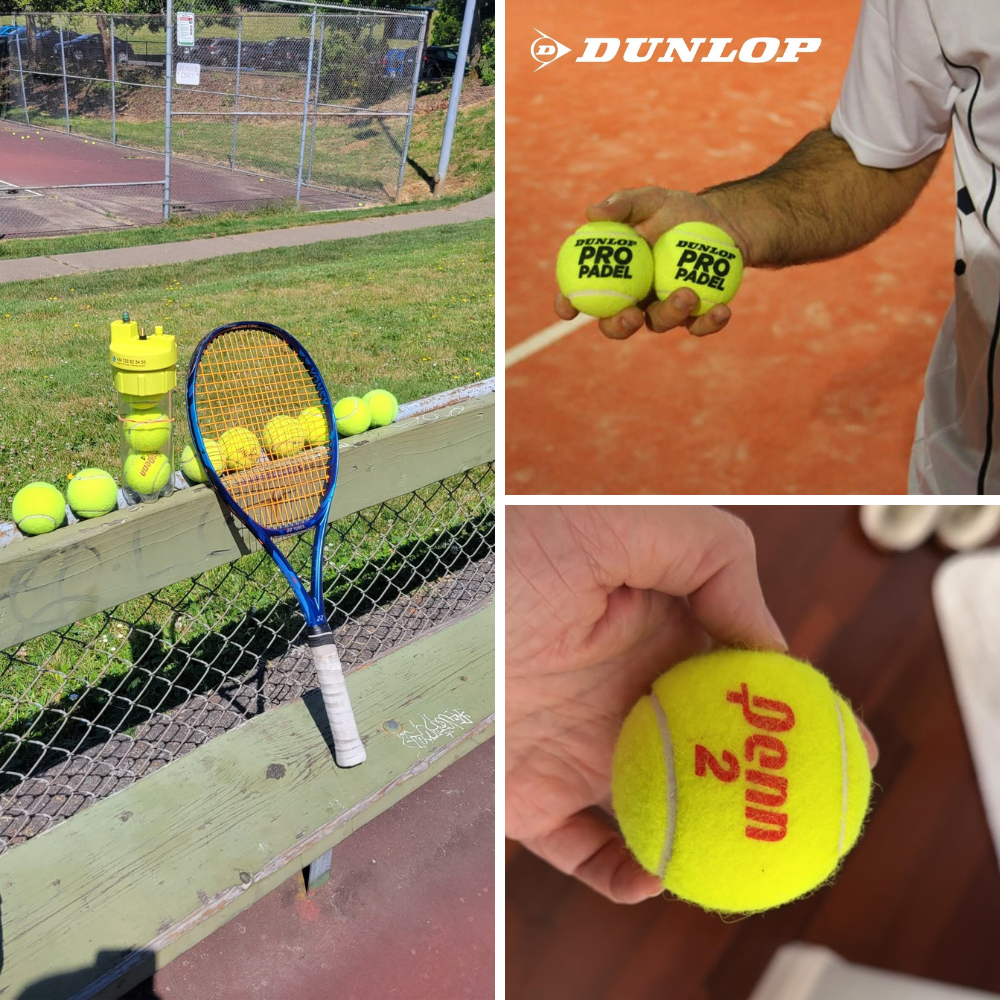
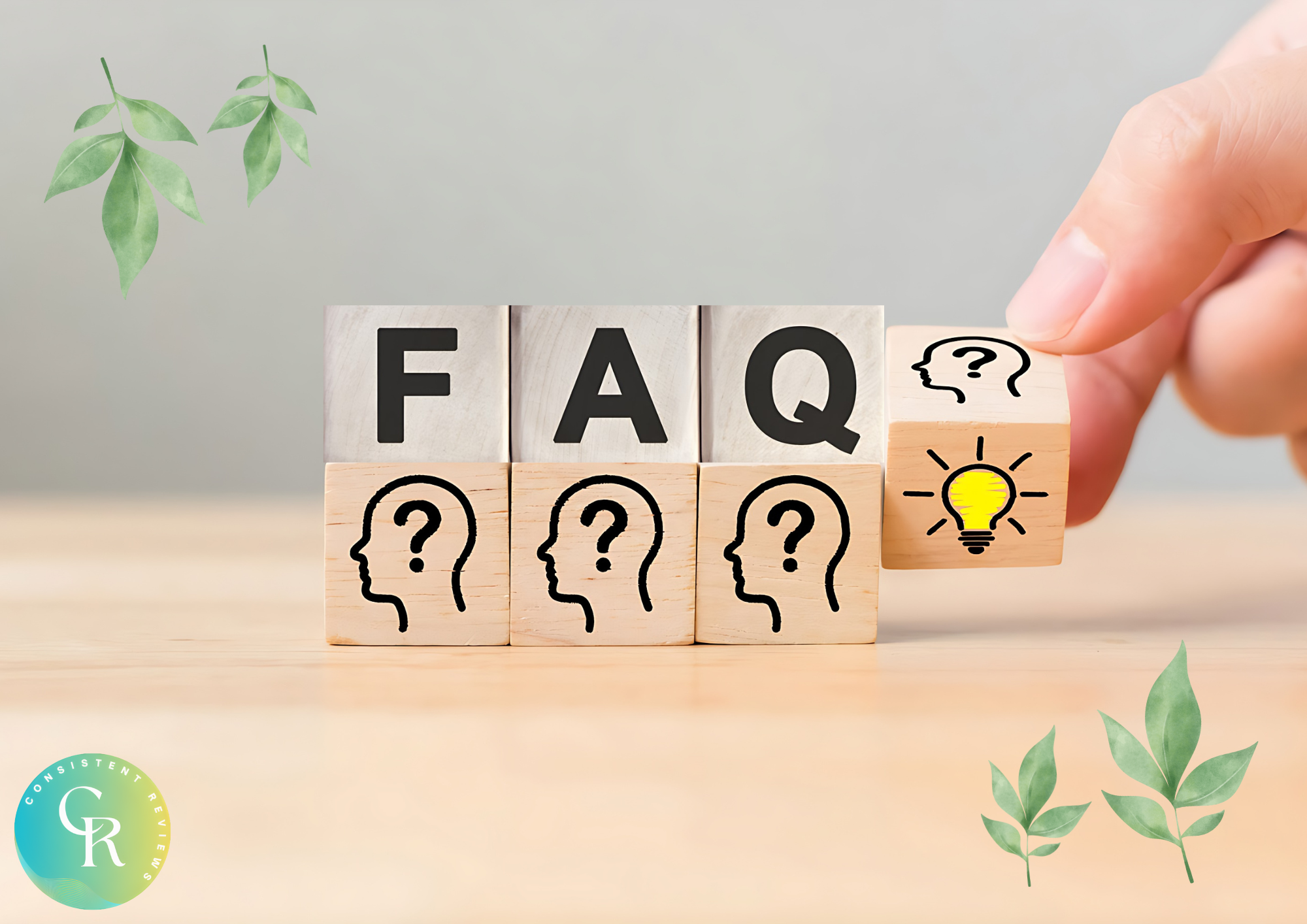
What is the difference between padel balls and tennis balls?
Padel balls are slightly smaller and have a lower pressure compared to tennis balls, resulting in a lower bounce. The felt layer on padel balls is also designed to withstand the unique conditions of padel courts, providing better durability and control.
Understanding the differences between tennis and padel can help players choose the right equipment for each sport.
How do weather conditions affect padel balls?
Weather conditions, such as humidity and temperature, can impact the performance of padel balls. In humid or wet conditions, balls tend to absorb moisture, affecting their bounce and control. It's essential to choose balls with good resistance to weather conditions to maintain optimal performance.
What type of padel ball is best for beginners?
Beginners should focus on balls that offer better control and are easier to handle. Soft padel balls with a lower pressure are ideal for beginners, as they provide a more controlled bounce and are easier to hit. These balls help beginners focus on improving their skills and precision.
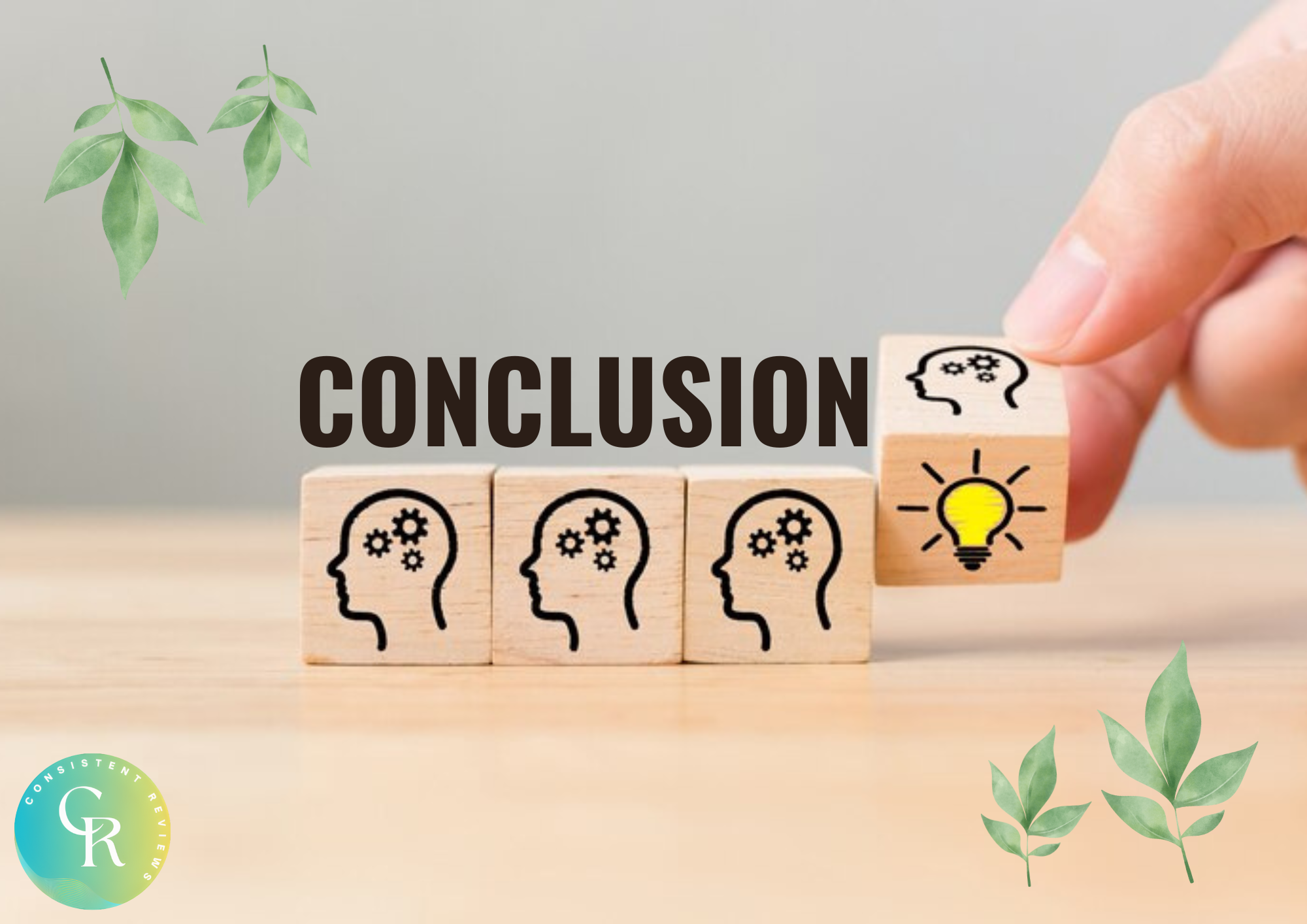
Choosing the right padel ball is essential for enhancing your playing experience and performance. By considering factors such as playing style, level, weather conditions, and personal preferences, you can select the ball that best suits your needs. Proper storage and maintenance of padel balls also ensure they remain in good condition, providing consistent performance during your games.
